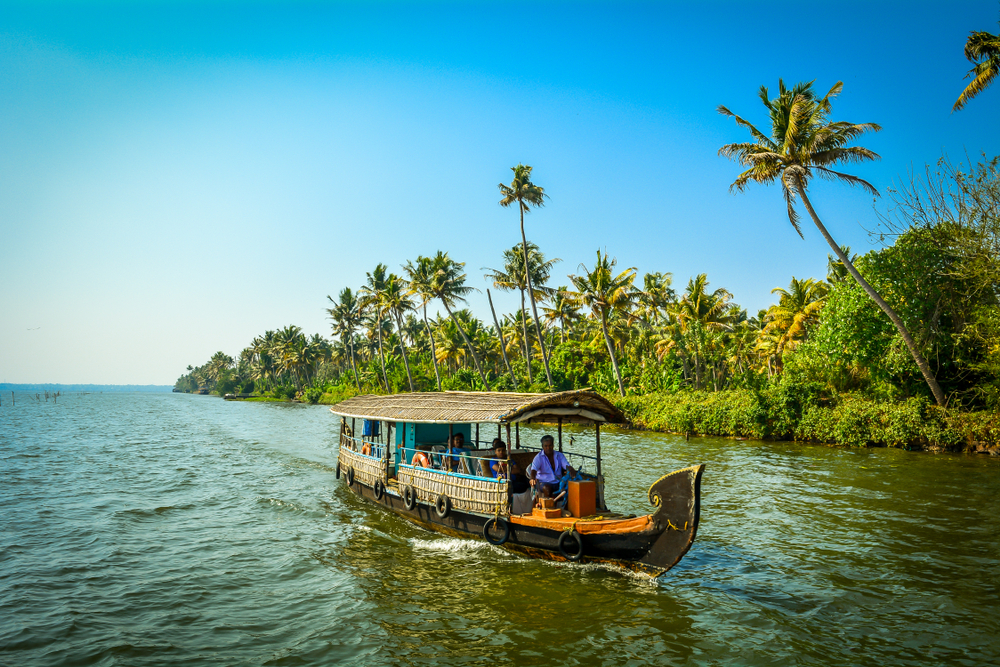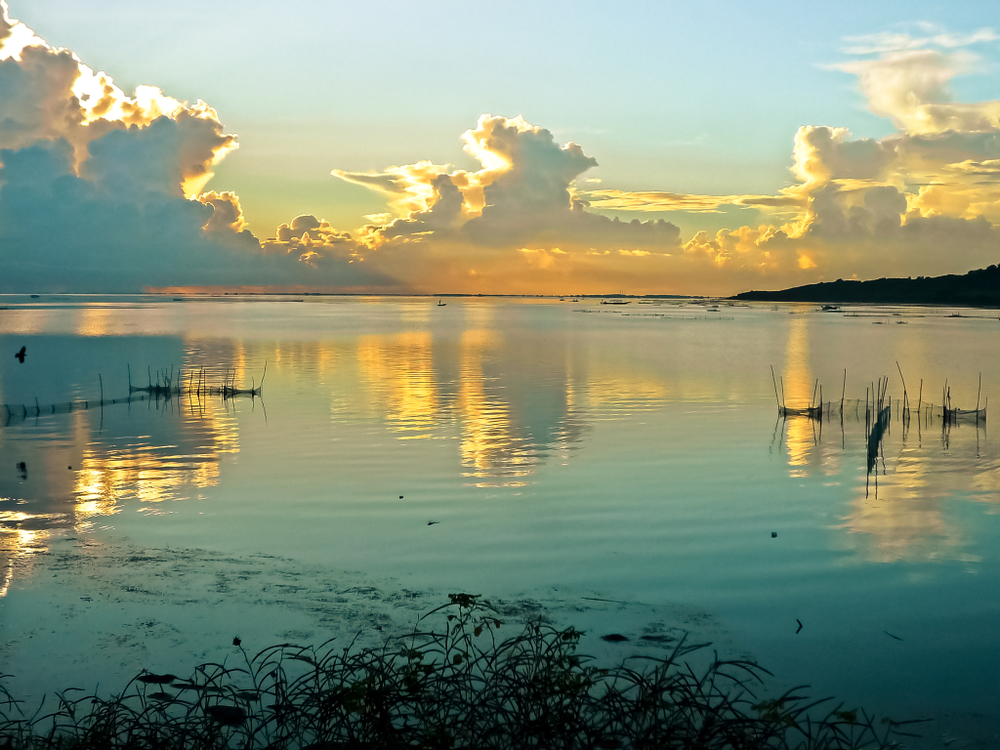Geography: Lakes
India, a country with a vast and diverse landscape ranging from the Himalayan peaks to coastal plains, is home to numerous significant lakes, each offering unique ecological and cultural attributes. Among these, Dal Lake in Kashmir, renowned for its scenic beauty and the traditional houseboats that grace its waters, stands out as a symbol of the region's heritage. The following table provides an overview of India's major lakes, focusing on key aspects such as the lake's surface area, its elevation above sea level, its primary water source, and the nature of its outflow.
|
Lake Name |
Area |
Elevation |
Water Source |
Outflow |
|
Vembanad Lake (Kochi Lake) |
2,034 km² |
0 m |
Multiple rivers |
Canals to Laccadive Sea |
|
Chilika Lake |
1,170 km² |
0–2 m |
50+ rivers and streams |
Bay of Bengal |
|
Indira Sagar Lake |
913 km² |
245 m |
Narmada River |
N/A (reservoir) |
|
Shivsagar Lake |
891 km² |
1,120 m |
Koyna River |
N/A (reservoir) |
|
Pangong Tso Lake |
700 km² |
4,350 m |
Glacial; streams |
Evaporation |
|
Pulicat Lake |
450 km² |
1 m |
Bay of Bengal; three rivers |
Bay of Bengal |
|
Sardar Sarovar Lake |
375 km² |
23 m |
Narmada River |
N/A (reservoir) |
|
Loktak Lake |
287 km² |
2,521 m |
Manipur River; several streams |
Ungamel Channel |
|
Nagarjuna Sagar |
285 km² |
149 m |
Krishna River |
N/A (reservoir) |
|
Wular Lake |
30–189 km² |
1,580 m |
Jhelum River |
Jhelum River |
|
Dal Lake |
18–22 km² |
1,583 m |
Telbal Nallah Channel from Marsar lake |
Dal Gate and Nalla Amir Channels |
Copyright © 1993—2025 World Trade Press. All rights reserved.

 India
India 
